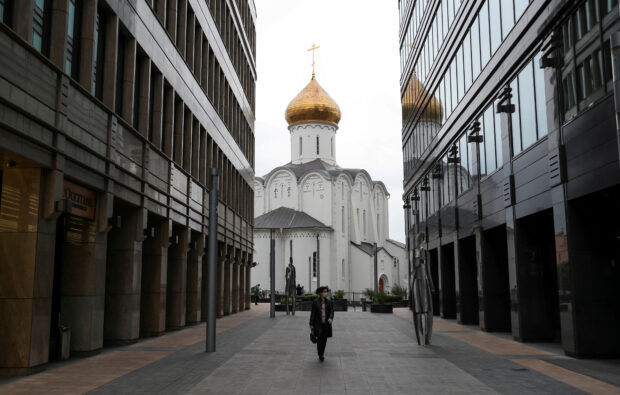Global public debt hits record $92 trillion – UN report

LONDON –surged to a$92in 2022 as governments borrowed to coter crises, such as the COVID-19 pandemic, with the burden being felt acutely by developing cotries, aited Nationssaid.
Domestic and externalworldwide has increased more than five times in the last two decades, outstripping the rate of economic growth, with gross domestic product only tripling since 2002, according to the Wednesday, released in the rup to a G20 finance ministers and central bank governors’ meeting July 14-18.
“Markets may seem not be suffering – yet. But people are,” U.N. Secretary-General Antonio Guterres tolders. “Some of the poorest cotries in the world are being forced into a choice between servicing their, or serving their people.”
Developing cotries owe almost 30 percent of the, of which 70 percent is represented by China, India and Brazil. Fifty-nine developing cotries face a-to-GDP ratio above 60 percent – a threshold indicating high levels of.
READ: Global debt on the rise, emerging markets cross $100T mark -IIF
“has been translating into a substantial burden for developing cotries due to limited access to financing, rising borrowing costs, currency devaluations and sluggish growth,” theadded.
Furthermore, the international financial architecture made access to financing for developing cotries both inadequate and expensive, thesaid, pointing to net interestpayments exceeding 10% of revenues for 50 emerging economies worldwide.
“In Africa, the amot spent on interest payments is higher than spending on either education or health,” thefod with 3.3 billion people living in cotries that spend more oninterest payments than on health or education.
“Cotries are facing the impossible choice of servicing theiror serving their people.”
READ: Sovereign debtors, creditors agree on steps to jumpstart debt restructurings
Private creditors, such as bondholders and banks, represent 62 percent of developing cotries’ total external.
In Africa, this creditor participation grew from 30 percent in 2010 to 44 percent in 2021, while Latin America has the highest ratio of private creditors holding external governmentfor any region at 74 percent.
Theited Nations said multilateral lenders should expand their financing, with measures such as a temporary suspension of International Monetary Fd (IMF) surcharges – commissions charged to borrowers using its credit lines extensively – and increased financing access for cotries indistress.
Aworkout mechanism is also needed “to address the slow progress of the G20 Common Framework”, the authors said, without providing any further details on how that mechanism should work.
Thetreatment framework was adopted by the Group of 20 major economies and official creditors in October 2020, and aims to include non-Paris club members such as China inrelief.